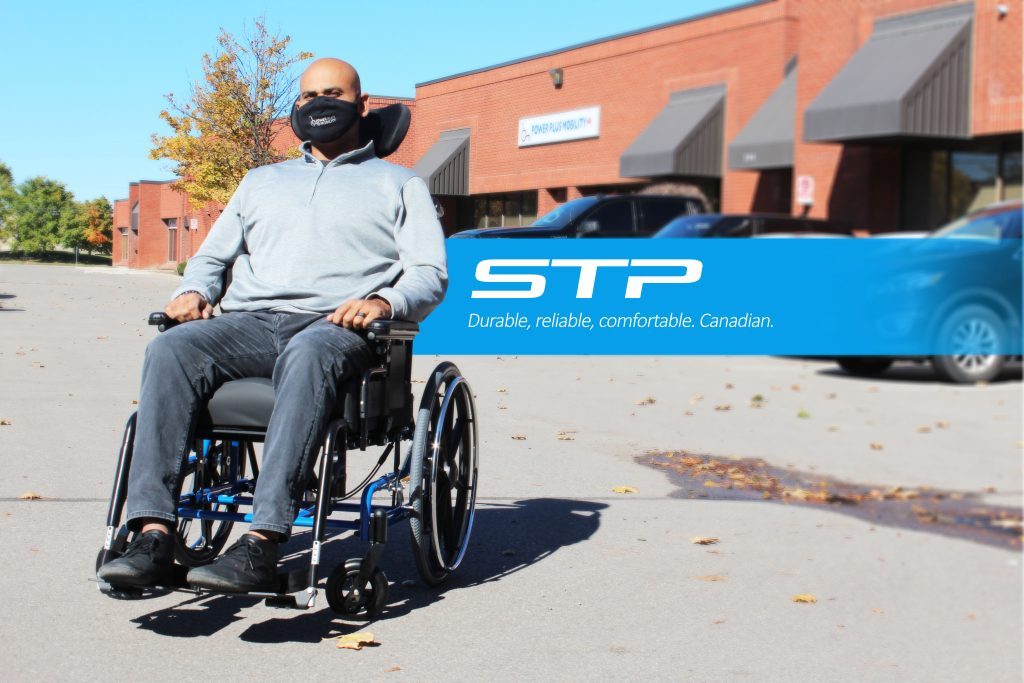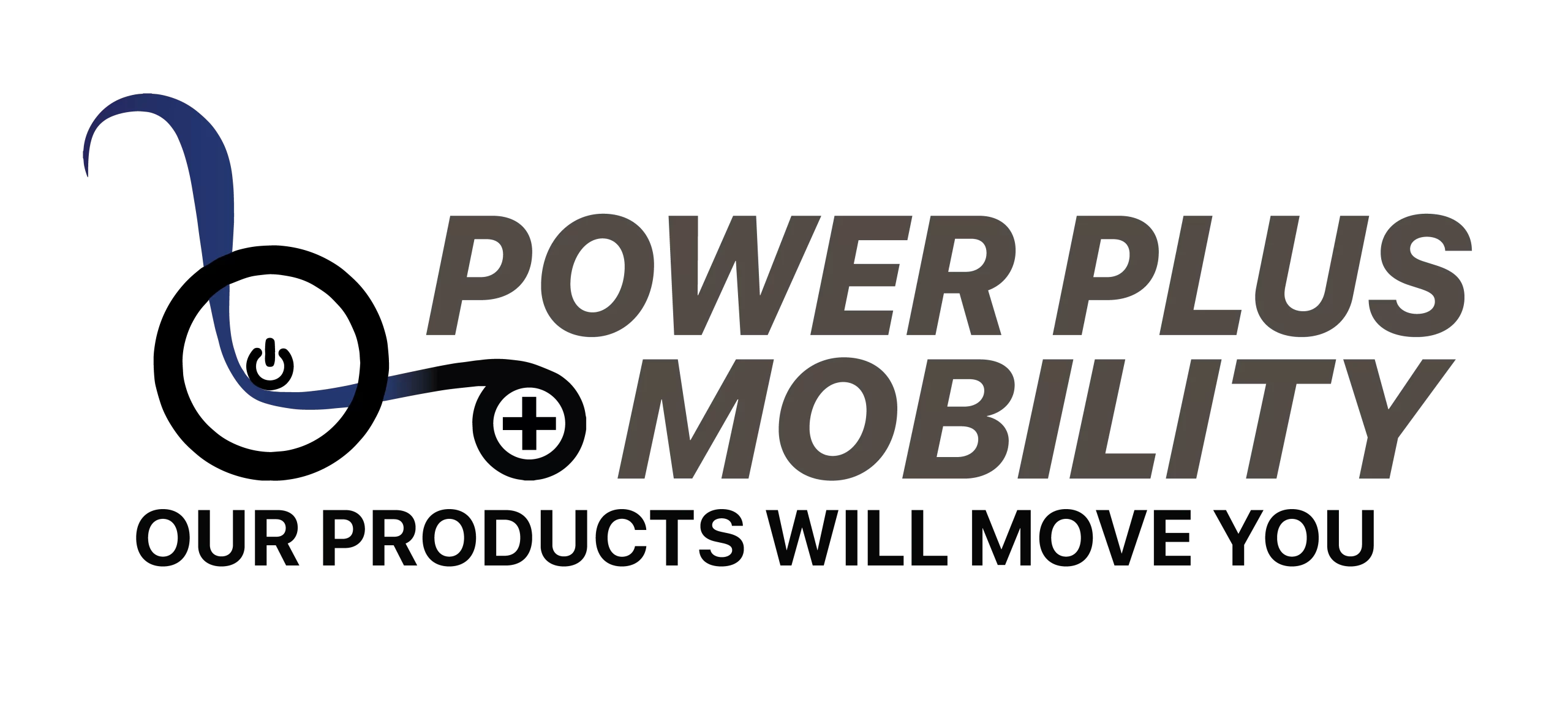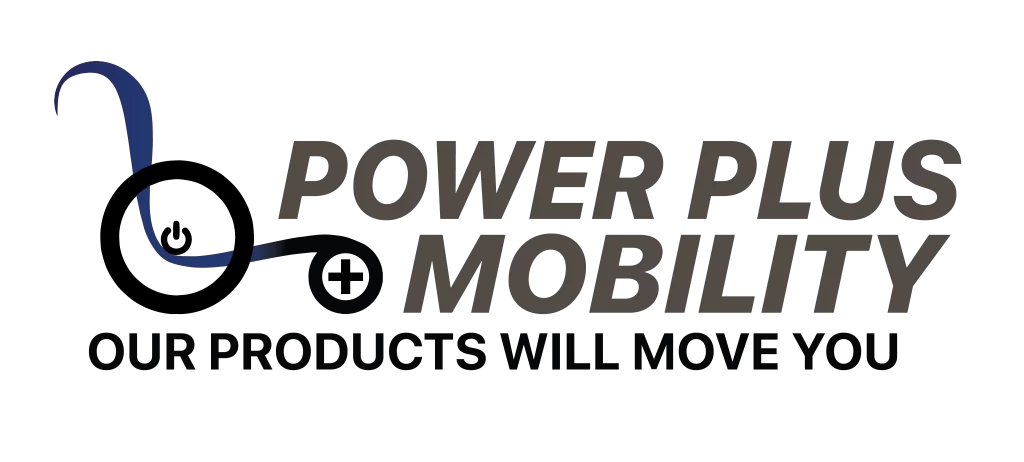
When purchasing a wheelchair, many buyers focus primarily on the upfront cost, assuming that once the wheelchair is paid for, there are no further expenses. However, wheelchair users and their families often find that the total cost of ownership extends far beyond the initial purchase price. Hidden costs, ranging from ongoing maintenance to accessories, can accumulate over time, leading to unexpected financial burdens.
In this article, we’ll explore some common hidden costs associated with buying a wheelchair and provide practical tips on how to avoid them, ensuring that your investment in mobility remains both financially manageable and sustainable.
1. Maintenance and Repairs
One of the most significant hidden costs of owning a wheelchair is maintenance and repairs. While many wheelchairs are built to last, they require regular upkeep to function properly. Failure to maintain a wheelchair can lead to costly repairs, reduced performance, and, in some cases, the need to purchase a new wheelchair earlier than expected.
Common maintenance costs include:
- Tire replacement: Tires can wear out over time, especially for manual wheelchairs that are used frequently.
- Battery replacement: Power wheelchairs rely on batteries, which can lose their ability to hold a charge after several years of use.
- Brake checks: Ensuring that the wheelchair’s braking system is functioning correctly is essential for safety.
- Frame repairs: The wheelchair’s frame may need adjustments or repairs if it becomes bent or damaged.
How to Avoid It: To avoid these hidden costs, factor in regular maintenance when purchasing a wheelchair. Some dealers offer maintenance packages or extended service contracts that include routine check-ups and repairs. This can help spread out the cost over time and ensure your wheelchair stays in good working condition. Regularly cleaning and inspecting your wheelchair and performing basic tasks like inflating tires can prevent minor issues from becoming major ones.
Contact us for maintenance-friendly wheelchairs and service plans.
2. Replacement Parts
Over time, certain wheelchair components may need to be replaced due to wear and tear. Parts such as footrests, armrests, wheels, and cushions can deteriorate, adding to ownership costs.
While basic replacement parts may not be excessively expensive, some specialized parts—especially for power wheelchairs or customized models—can be costly. For instance, high-end motors or seating systems can cost hundreds of dollars to replace.
How to Avoid It: Choose a model that offers easy access to affordable replacement parts. Check with your dealer to ensure parts are readily available and reasonably priced. Modular components can also save money, as individual parts can be replaced without the need for a complete overhaul.
Search for Dealers to find wheelchair models with affordable parts.
3. Insurance and Coverage Gaps
Health insurance or Medicare may cover part of the cost of a wheelchair, but coverage can vary significantly depending on the wheelchair type and your insurance policy. Many insurance plans do not cover the full cost of durable medical equipment (DME), which includes wheelchairs. Additionally, policies may exclude specialized features like power-assist motors or custom seating.
How to Avoid It: Thoroughly review your insurance policy to understand the coverage and any limitations. Work with a dealer familiar with insurance claims to ensure you maximize your benefits. If insurance doesn’t fully cover the wheelchair, explore dealer-provided financing options.
Contact Us for assistance with insurance claims and financing plans.
4. Accessories and Customizations
While a basic wheelchair may be functional, additional accessories or customizations are often needed to meet specific needs. Common add-ons include:
- Cushions and pads for added comfort.
- Footrests or leg rests for better positioning.
- Storage solutions, such as pouches, trays, or cup holders.
- Custom seating systems for medical purposes.
These can significantly improve comfort and functionality but may add substantial costs.
How to Avoid It: Budget for potential accessory costs. Ask your dealer for a breakdown of available accessories and their prices. Determine which accessories are essential immediately and which can be added later. Some dealers offer packages where accessories are included in the purchase price, saving you money in the long run.
5. Training and Support
Specialized wheelchairs, especially power wheelchairs, often require training to maximize their benefits. Dealers may offer training sessions, but these can sometimes come with additional fees. Ongoing support for adjustments or troubleshooting may also incur costs.
How to Avoid It: Ask if training and support are included in your purchase. Many dealers provide complimentary or discounted sessions, particularly for complex devices. Investing in training upfront can prevent costly mistakes and ensure you’re using the wheelchair to its full potential.
6. Delivery and Setup Fees
Wheelchairs, particularly power chairs and customized models, may require professional assembly or adjustments. Delivery and setup fees can add to the overall cost.
How to Avoid It: Before purchasing, inquire about delivery or setup fees. Some dealers offer free delivery and setup, especially for local purchases. If fees apply, ask for an estimate and compare prices from different dealers. Online retailers often provide free shipping, so comparing policies is worthwhile.
Find a Dealer Near You for transparent pricing and services.
7. Cost of Upgrading Over Time
As mobility needs change, users may require upgrades to their devices, such as motor enhancements or assistive technologies. These upgrades can quickly add up, particularly for advanced features.
How to Avoid It: Choose a wheelchair model that offers flexibility for upgrades and customizations. Discuss potential future needs with your dealer to ensure the wheelchair can adapt to changing mobility requirements.
Buying a wheelchair is a significant investment, but being aware of hidden costs can help you plan better and avoid unexpected expenses. By understanding maintenance, replacement parts, insurance gaps, and accessory needs, you can make an informed decision.
Contact Us for expert guidance on choosing the right wheelchair and managing costs effectively. Partnering with a trusted dealer ensures your wheelchair meets your needs while remaining financially sustainable.
To visit our social media please click on Facebook and Instagram




